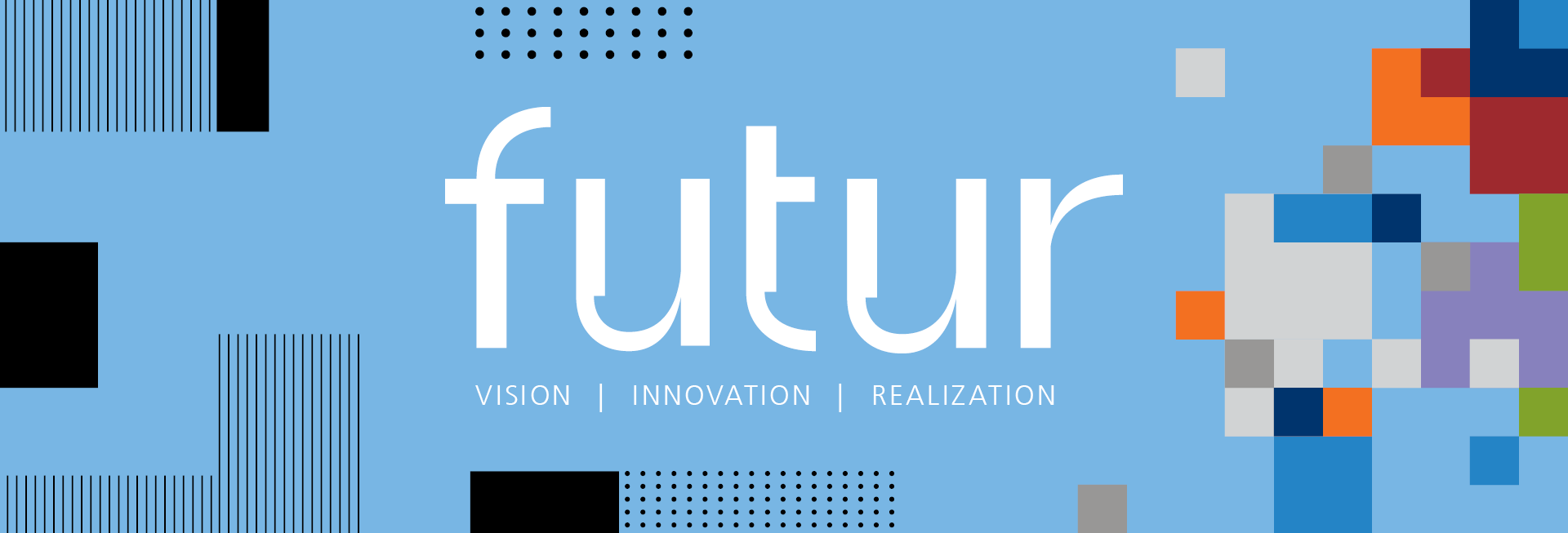When Quality Is a Matter of Survival
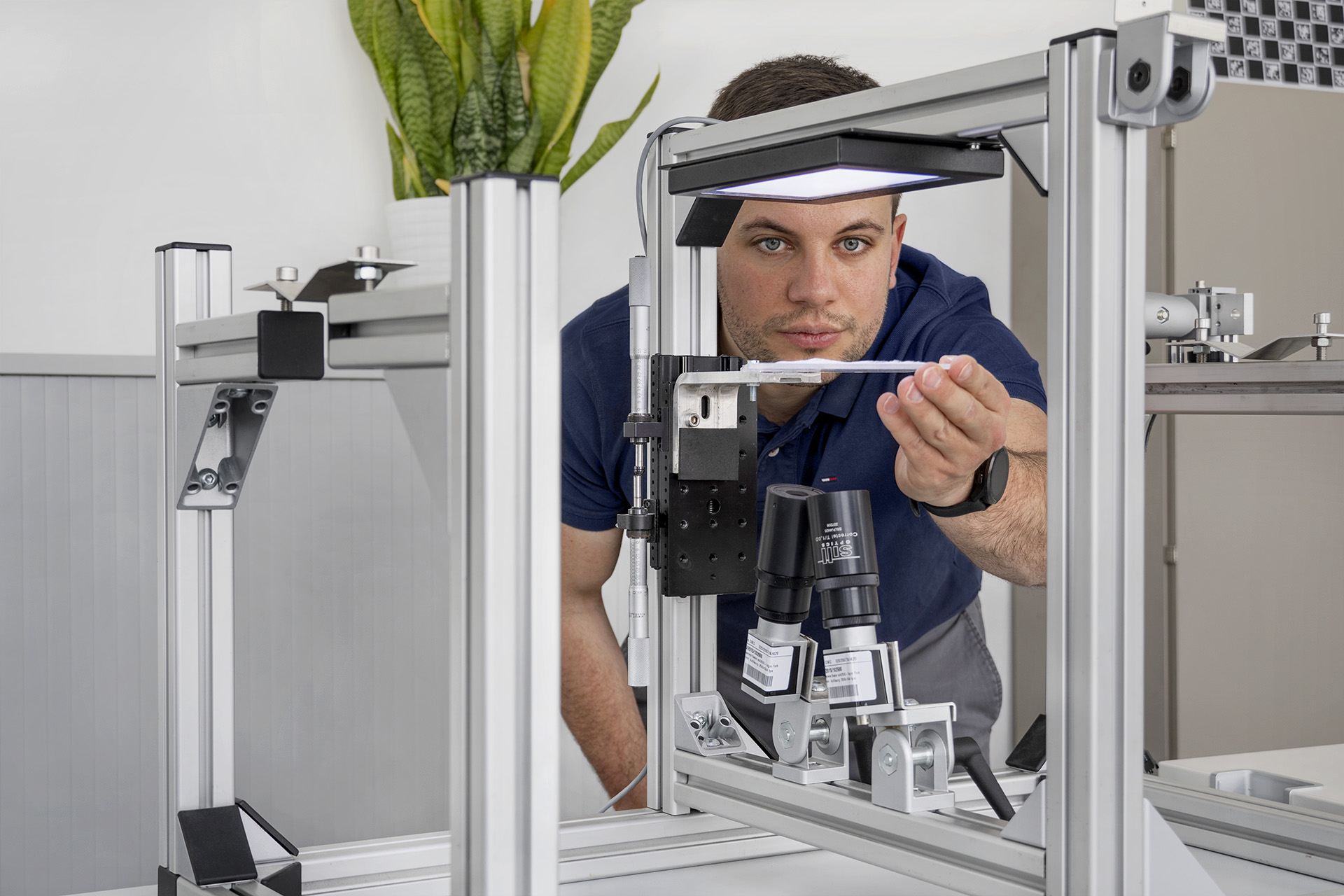
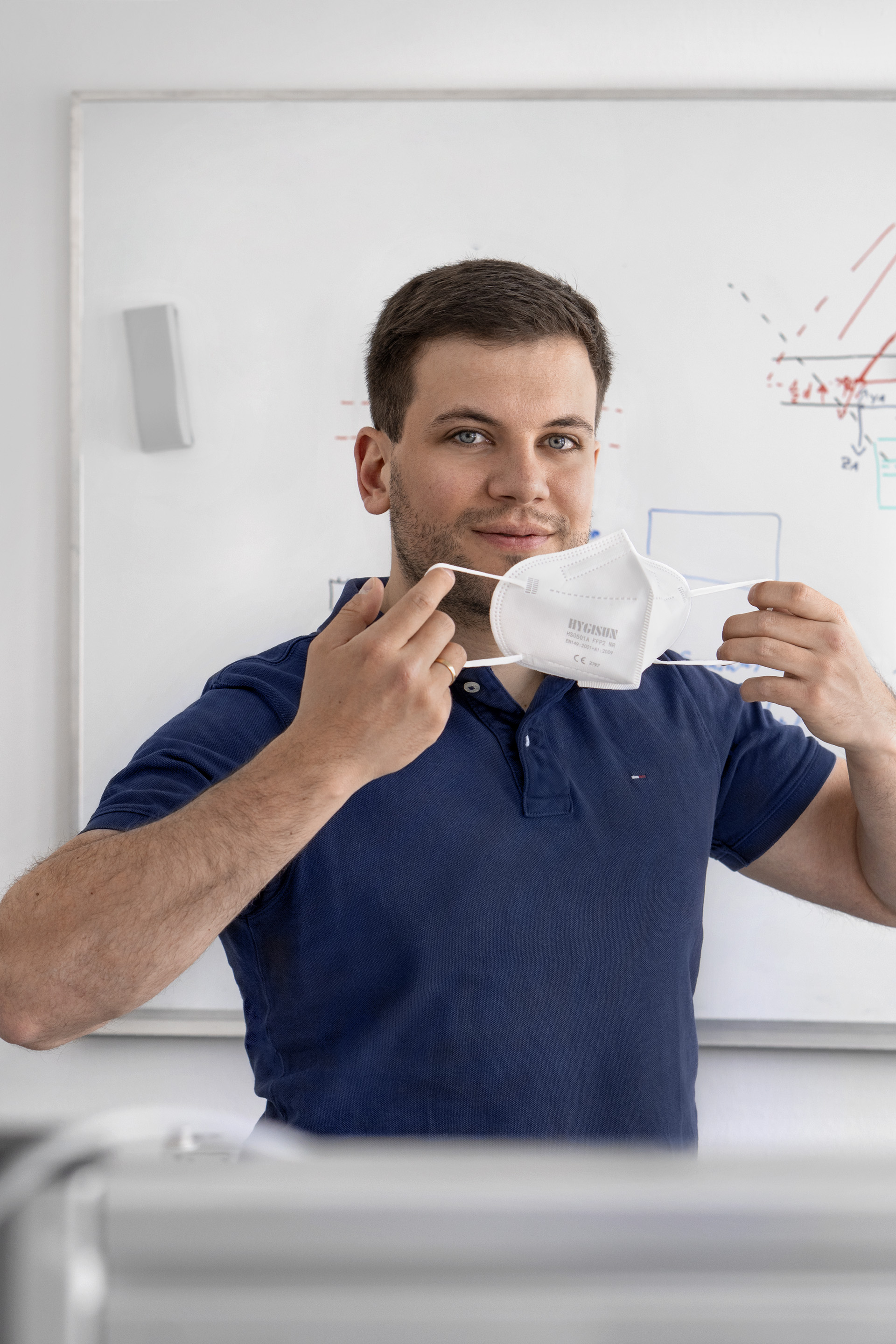
There is no doubt that the German economy is experiencing a recession as a result of the COVID-19 pandemic. Compared to the previous year, the gross domestic product shrank by almost five percent in 2020. Some sectors were certainly hit harder than others. But it also opened up new markets: Disinfectant shortages prompted resourceful manufacturers of spirits to convert their production lines. In no time at all, existing facilities were adapted to produce the germicides which were in high demand.
But it was not possible to respond quite as quickly to another sudden increase in demand: namely medical mouth and nose coverings, i.e., surgical masks and FFP masks. As everyone will recall: These masks were particularly scarce at the beginning of the pandemic and were mainly used to protect hospital and clinic staff who came into contact with patients on a daily basis. Imports from the Far East provided a short-term remedy, but often at the expense of quality.
In this case as well, companies in Germany reconfigured their manufacturing operations. Before the pandemic, some were producing seat covers for automobile manufacturers, but now began to produce protective masks. A clever strategy, because there is still no end in sight to the demand for medical masks. In many areas, they are now mandatory when shopping and using public transport and have replaced the everyday masks that were previously commonplace.
Holistic approach to protective textiles
Particularly in the field of life-saving protective textiles, quality naturally plays a crucial role. A scientific team at Fraunhofer IPK is therefore developing an inspection system that will visually examine both the input materials and finished mask textiles. This endeavor is part of the »Next Generation Protection Textiles« project, which is funded as part of the »Fraunhofer vs. Corona« campaign. The consortium comprises ten Fraunhofer institutes.
Together, they are pursuing a new, holistic approach to the development of protective textiles. Apart from an improved filtering effect against viruses, new methods for manufacturing the input materials will also be tested. Utilizing two demonstrators, the researchers also intend to investigate practical aspects such as wearing comfort and improved speech intelligibility.
Quality is key
For intelligent quality assurance in the form of 100% inspections, the highly precise requirements which textiles need to fulfill in the micro- and nanometer range pose a particular challenge. Sensors capable of generating images in these resolution ranges are extremely expensive to purchase. They are too expensive for the SMEs that produce the masks in Germany. Moreover, with such systems, the process of data collection is slowed down due to the fact that many steps are performed manually. Conventional image processing systems available on the market, on the other hand, are able to perform fully automated 100% inspections even with high processing speeds – but only at the expense of resolution accuracy.
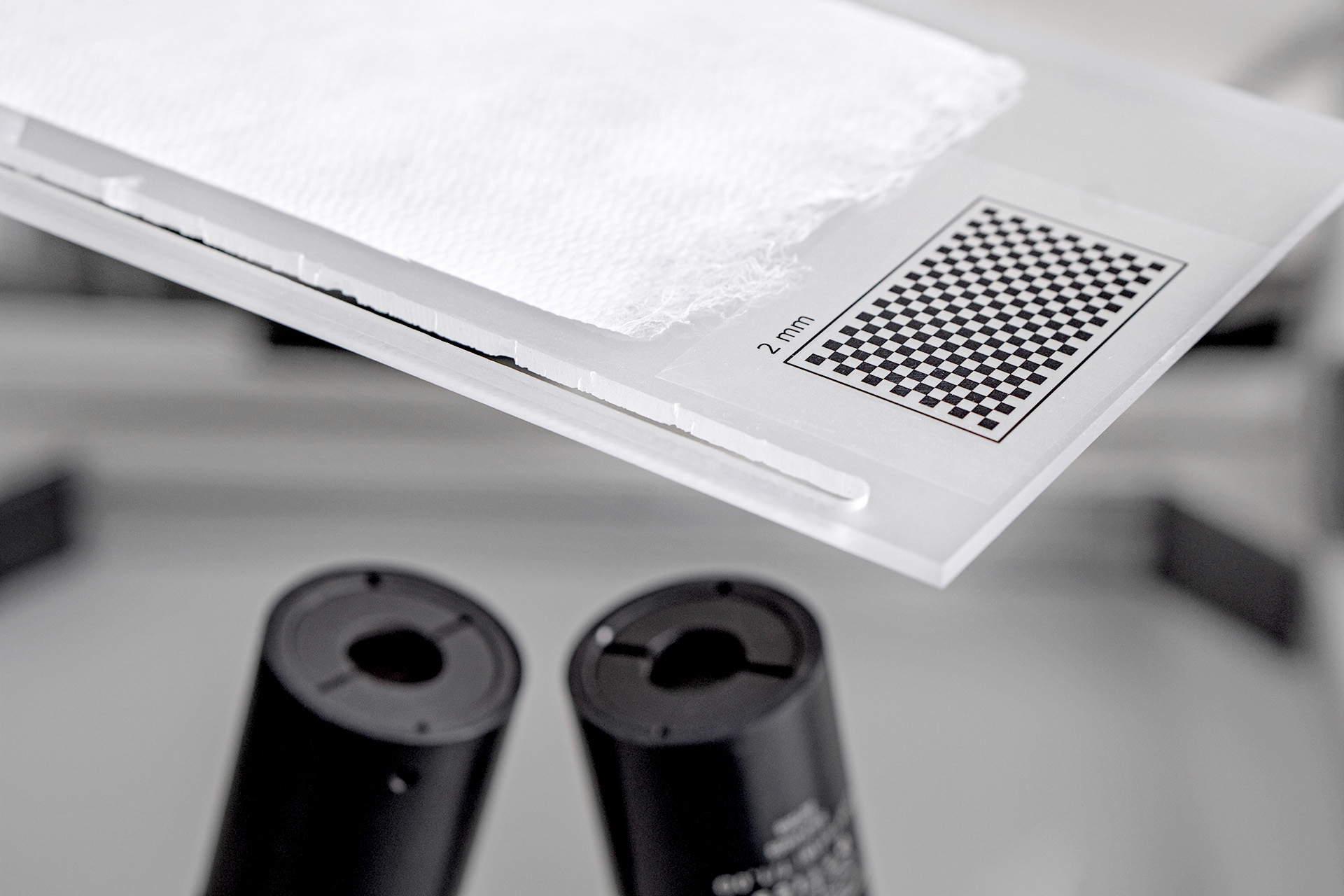
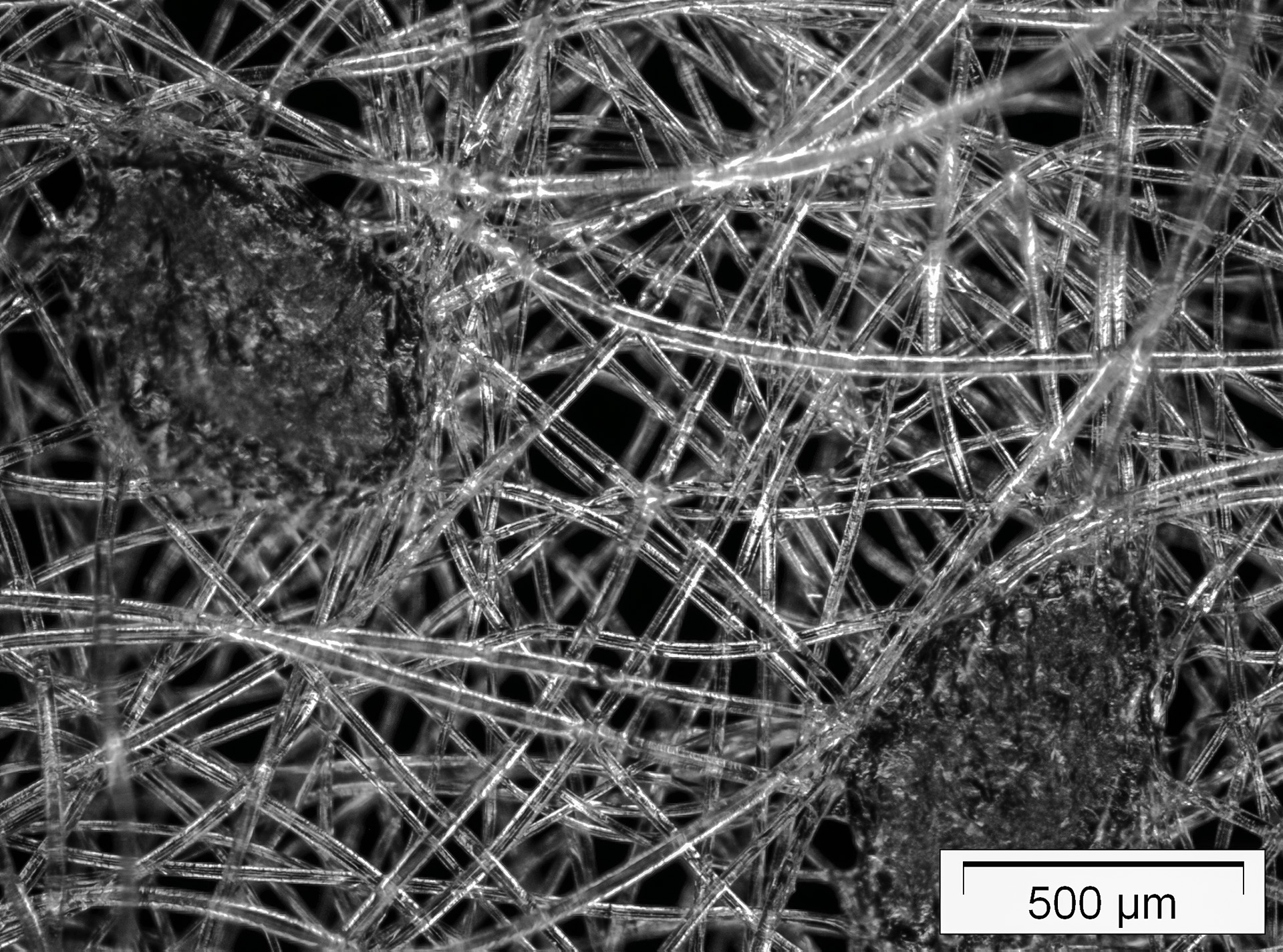
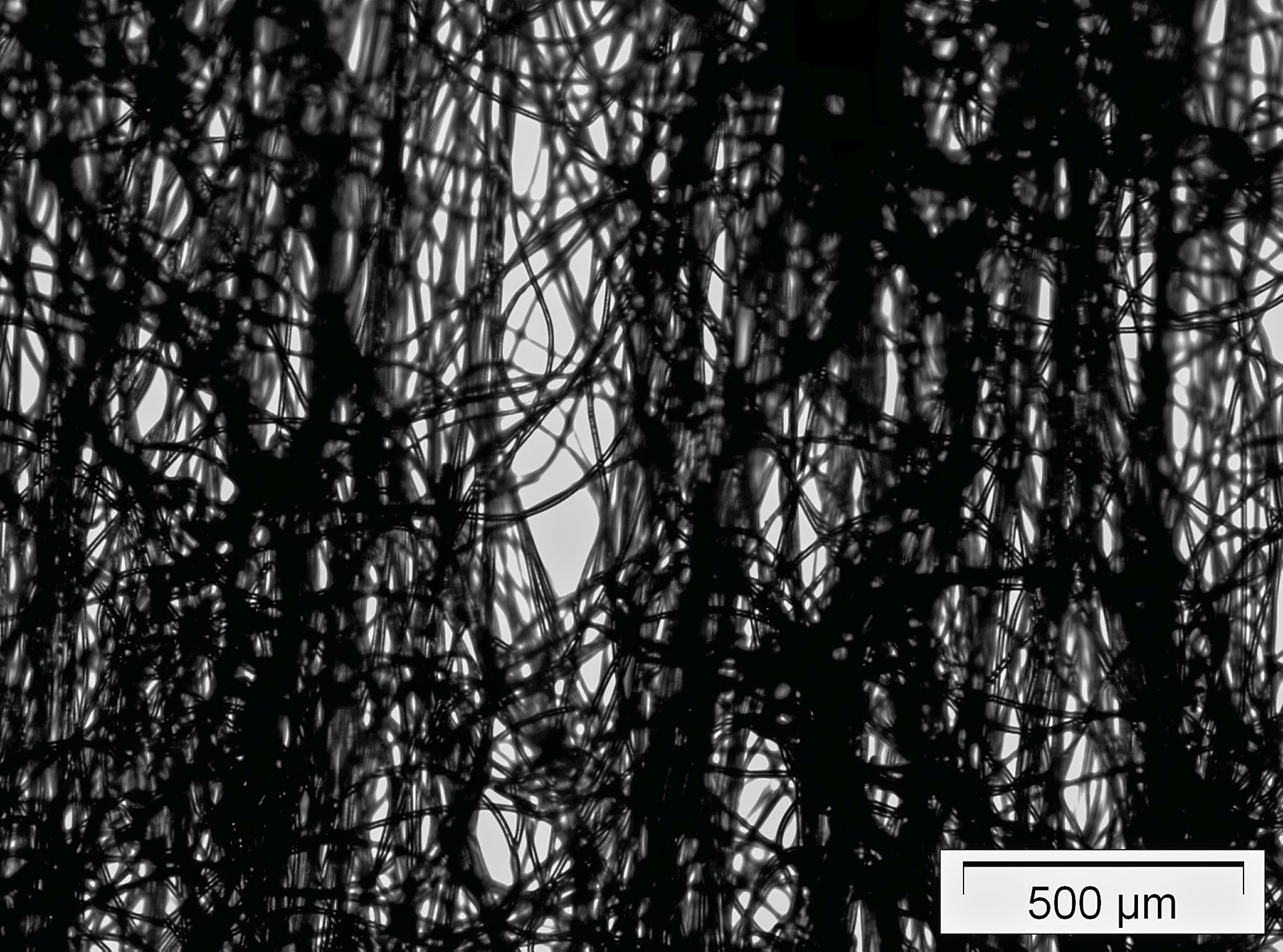
From manual sample checks to full automation
The compromise between image resolution and recording speed is not the sole issue experienced with existing technical solutions. This is because even if an image processing system is able to capture a defect pattern in a manner satisfying the necessary specifications, it must also subsequently be recognized as a defect in the image material. The vast volume of image data captured during the inspection process cannot be evaluated by humans. To do so, companies would either need an impossibly large team in their quality control division, or processing speeds would need to be greatly reduced to be able to inspect all the image data. Both these scenarios are far outside the realm of what is economically sensible.
To enable fully automated, live optical inspection of the manufacturing process despite these challenging conditions, a good trade-off between rapid image acquisition and highly precise resolution is needed. It is precisely this perfect balance which the Fraunhofer IPK team is aiming for. Conventional industrial cameras combined with special optics serve as hardware. Similarly, on the software side, a wide variety of image processing algorithms – ranging from traditional image processing algorithms to the latest machine learning methods – are being tested in order to identify all defect patterns in the images with a high degree of precision.
By the time the project is concluded in October 2021, the researchers expect to have made a breakthrough in this area. It would be a major success for quality assurance – and ultimately also for protection against this and future pandemics.
 Fraunhofer Institute for Production Systems and Design Technology
Fraunhofer Institute for Production Systems and Design Technology